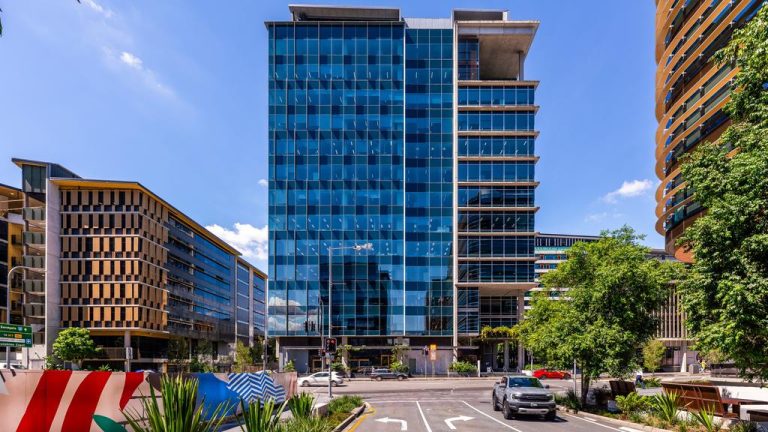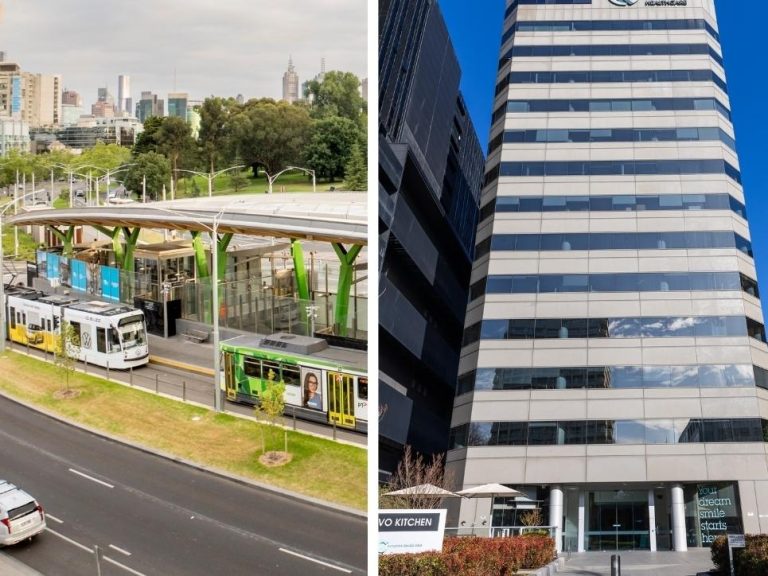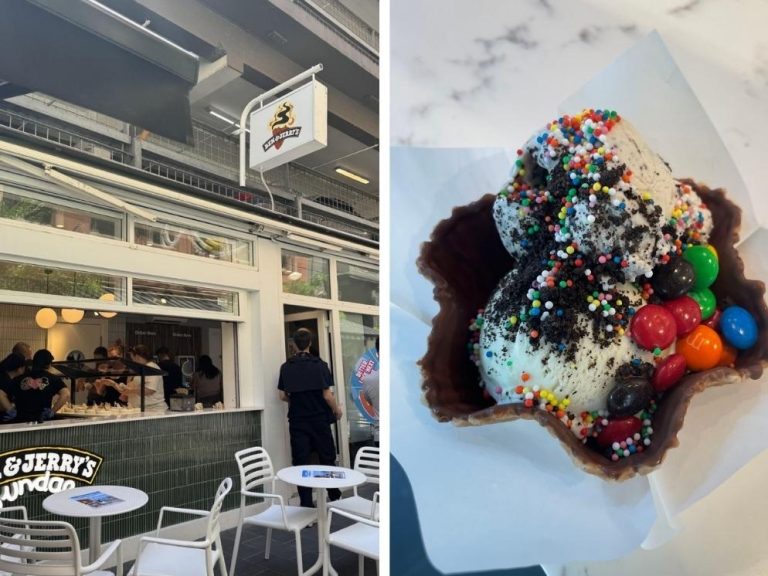What shock Wendy’s closures mean for Australia

Wendy’s Brisbane store opened earlier this year. Picture: Liam Kidston
Burger giant Wendy’s will close up to 300 stores across the US in a move that has cast doubt over it’s ongoing expansion plans in Australia.
The US chain announced the closures last week as part of a plan to revive sales revenue which had plummeted 4.7 per cent in the last quarter.
The planned closures follow the shuttering of an additional 140 Wendy’s in the US in 2024.
Experts agree Wendy’s diving sales across the US are a result of meals being too expensive at a time when competitors are reducing prices and people are cutting back on unnecessary spending.
The US closures stand in contrast to Wendy’s recent arrival in Australia.
The chain opened its first site in Surfers Paradise in 2024 before a second followed in Brisbane and a third in Melbourne.
The brand’s master franchisee, Flynn Restaurant Group. also owner of Pizza Hut Australia, is targeting a 200‑store national rollout by 2034.

Wendy’s Australia plans to open 200 stores in the next ten years.
The opening of each Aussie site has attracted enormous queues as people look for a taste of the iconic US chain’s square beef patties and Frosty desserts.
Despite issues with the US side of the chain, Australian operators appear determined to forge ahead.
A Flynn Restaurant Group spokesman told News Corp Australia just weeks ago the initial Aussie stores were the beginning of a 10-year plan.
“Wendy’s has committed to opening 200 restaurants across Australia in the next decade,” he said.
“The next wave of openings following Brisbane is confirmed for 2026, with restaurants planned across Australia.
“This expansion builds on the overwhelming success of Wendy’s Gold Coast debut earlier this year, which attracted strong consumer demand and national media attention.”
Australia’s fast food commercial property sector is red hot at the moment, with keen interest from investors looking to capitalise on brand confidence.
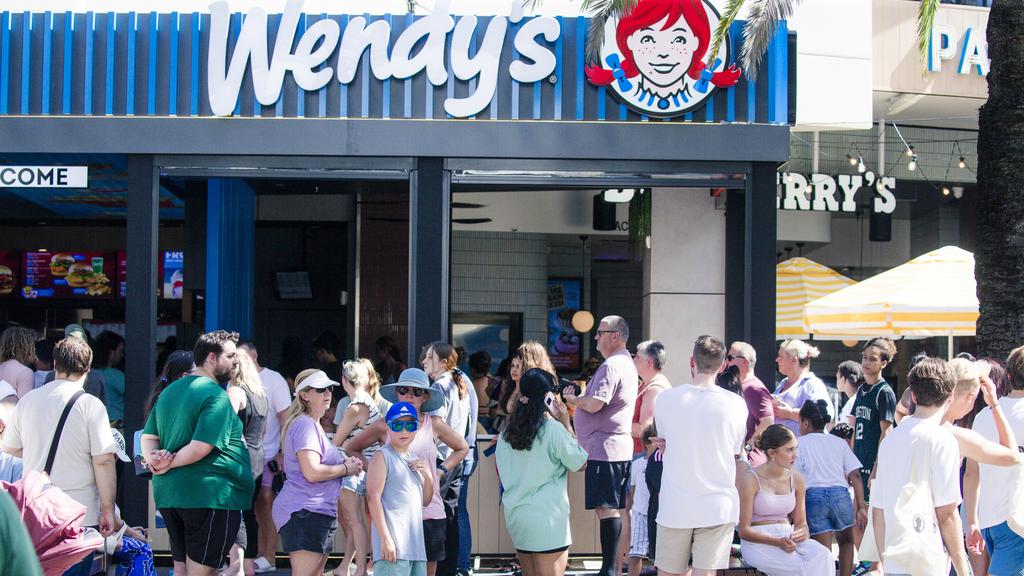
Lines were huge when Wendy’s opened in Surfers Paradise in 2024. Picture: Glenn Campbell
Multiple chains selling multiple sites across Australia include decades-long leases and new commercial developments are frequently announced in partnership with an anchor fast food resident.
Melbourne commercial real estate expert and Fitzroys division director Chris James said landlords were jostling to secure national fast food tenants because they gave precincts instant credibility.
“Developers love fast food chains because a national name on a lease anchors a site and lifts everything around it,” Mr James said.
“Between now and 2030, every growth corridor will be anchored by at least one or two major drive-thru, it’s no longer optional, it’s essential infrastructure.”
But will the confidence in Australia last? The issues facing Wendy’s in the US are already in Australia as well.
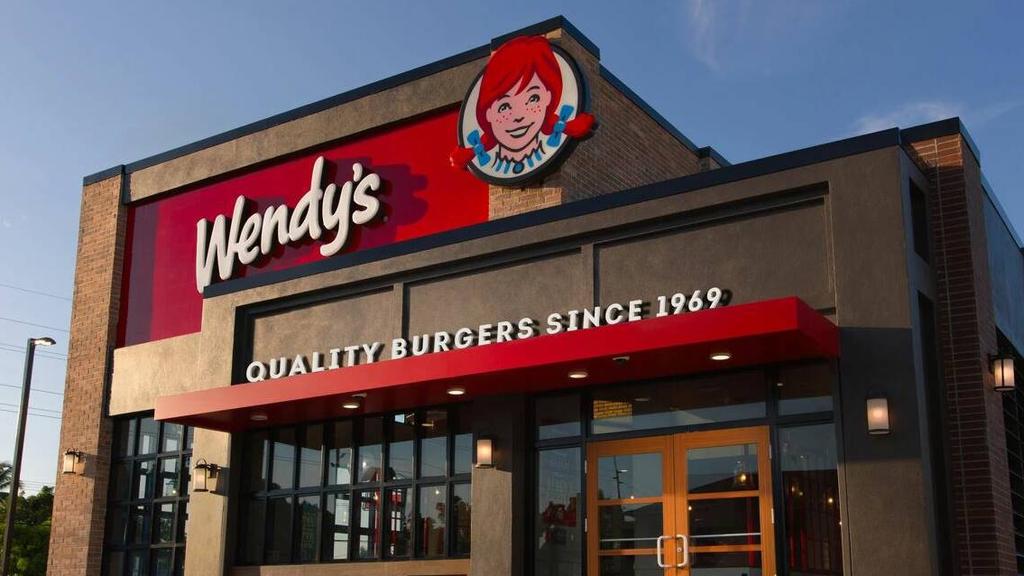
Melbourne will be the next Aussie city to get a Wendy’s.
Over the last several years in Australia, prices for takeaway and fast food increased faster than restaurant meals, Australian Bureau of Statistics figures show.
December 2023 prices were 19.6 per cent higher than in December 2019, while restaurant meals increased 17.1 per cent in the same period.
Those increases come at the same time as Australia’s cost of living crisis bites hard and the costs of basic supermarket staples skyrocket.
Wendy’s in the US hopes to turn things around with a project to slash $20 million (AUD $30.6 million) in operating costs, close weaker stores and update those that remain.
Wendy’s CEO Ken Cook said the company hoped the removal of weaker stores would push more customers into the stronger ones where they would have a better experience once refurbishments had rolled out.

